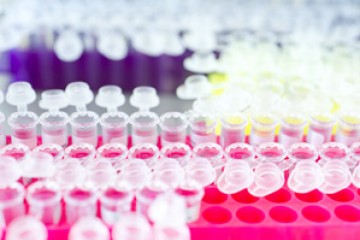PhD Studentship
Microfluidic networks: an in vitro 3D culture system for the investigation of neuron-glial interactions in neurodegeneration

At a glance
Completed
Award date
April 2016 - March 2019
Grant amount
£90,000
Principal investigator
Dr Tomas Bellamy
Co-investigator(s)
- Dr Noah Russell
- Dr Federico Dajas-Bailador
Institute
University of Nottingham
R
- Replacement
Read the abstract
View the grant profile on GtR
